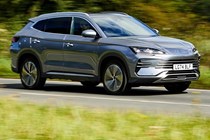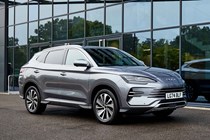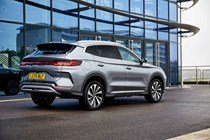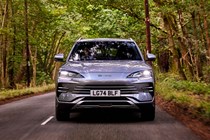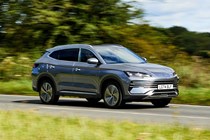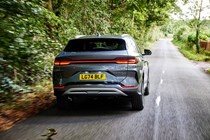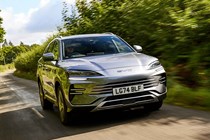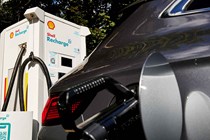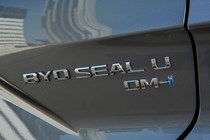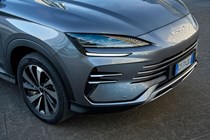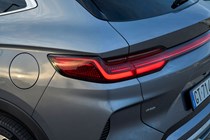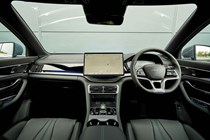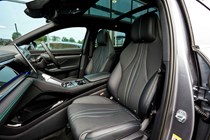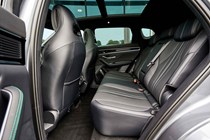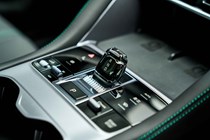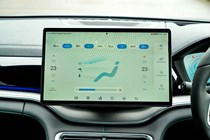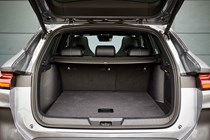
BYD Seal U engines, drive and performance
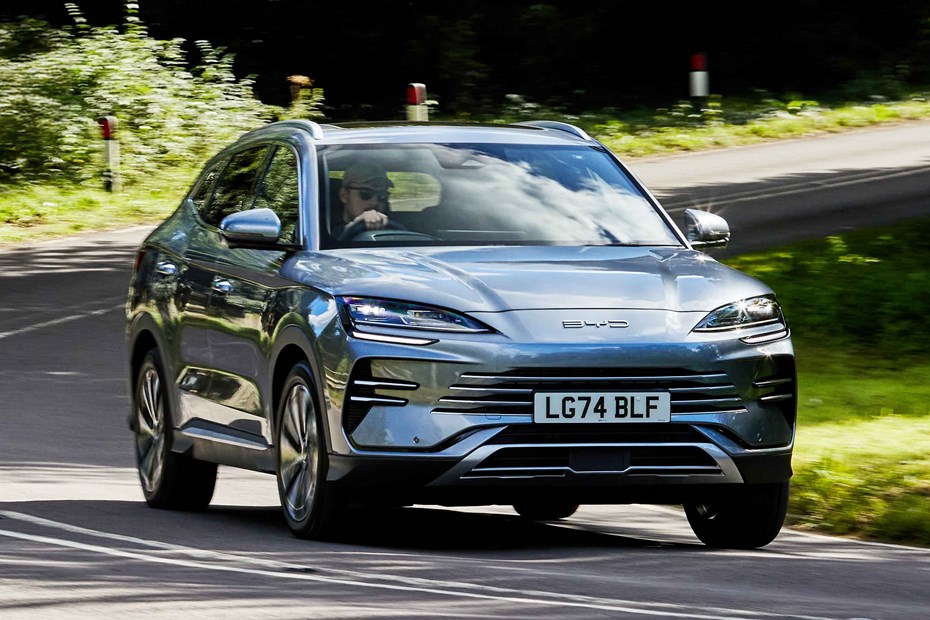
- Plug-in hybrid only for the UK
- Two options – and both are efficient
- Design model feels quite brisk
Hybrid engines
BYD launched the Seal U in the UK with two plug-in hybrid powertrains called Boost and Design. Both feature an 18.3kWh battery pack and can be AC charged at 11kW or DC charged at up to 18kW. What separates them is their engine and motor specs.
The Boost model has a naturally aspirated 1.5-litre four-cylinder petrol engine and a single electric motor. They give the Seal U a combined output of 218hp and a 0–62mph time of 8.9 seconds. Plus, you get around 50 miles of pure-electric range.
The Design model has a turbocharged version of the same engine and a second electric motor on the rear axle, bringing four-wheel drive. Power rises to 324hp, which shaves the Seal U’s 0–62mph time down to 5.9 seconds. However, the extra motor trims the SUVs maximum electric range down to 43 miles.
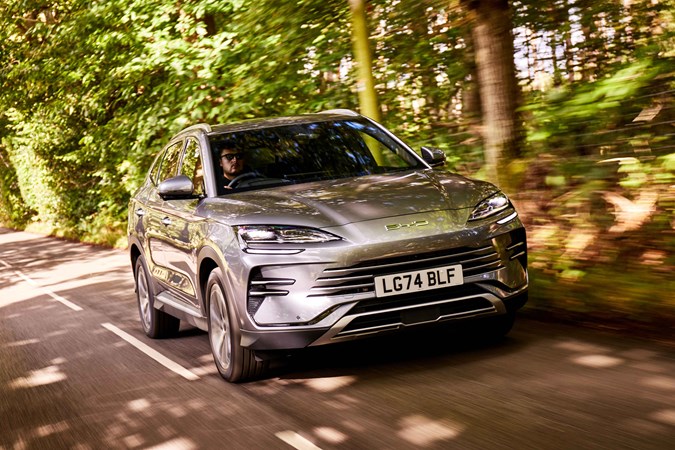
What’s particularly interesting, though, is that the Seal U almost feels like an electric car to drive. It acts far closer to the Renault Austral E-Tech Hybrid and Nissan Qashqai e-Power. BYD’s powertrain always strives to always maintain a minimum 25% charge (rather than letting the battery run to zero like most PHEVs). You can also adjust how much charge you want to keep in the battery using the touchscreen, which is handy if part of your journey passes through a low-emission zone.
Performance is more than adequate in both versions of the Seal U – and both deliver their power in a smooth and linear fashion. There’s no jolting as the powertrains switch from electric to hybrid mode. When the engine does wake up, it’s remarkably quiet even under hard acceleration, which is impressive. Wind noise is minor, too, with only a little bluster coming from the door mirrors.
Electric version
We don’t get the Seal U electric model in the UK. It is available to buy on the continent, but only in the Netherlands at present. BYD says the electric Seal U uses an 87kWh battery pack that can deliver up to 311 miles on a charge.
What’s it like to drive?
- Fidgety suspension
- Vague, uninspiring steering
- Snatchy brake pedal
This is where we started to find chinks in the Seal U’s armour. It excels at being quiet and efficient, but it simply isn’t that good to drive.
The steering is incredibly vague, offering next to no feedback as you turn. That means you’re always second-guessing how much lock you need to round corners – and we often found ourselves needing to correct our lines to stay out of the verge. It isn’t very confidence inspiring.
We couldn’t figure out the Seal’s dampers, either. They’re fidgety at low speeds and a little too unsettled to be comfortable once you’re cruising down the motorway. It skips over sharp bumps, jiggles over rumble strips, and quick changes of direction make the rear end swing out like a pendulum. It just isn’t as sophisticated as its rivals.
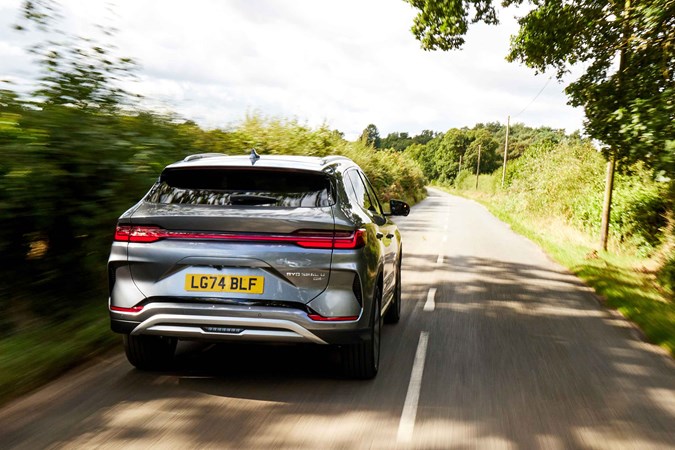
Part of the reason why we think the Seal U feels so unsettled is its battery pack. It’s mounted underneath the car’s body – and it makes the chassis incredibly stiff. There’s hardly any flex in it when you drop one side of the car into a bump. You can feel the torque from the body pressing the wheels into the tarmac when you drive one half of the car over a speed bump.
One of the few positives is the impressive feeling from the brake pedal – something that’s so rare on a plug-in hybrid model due to balancing the combination between regenerative and physical braking. The pedal bites early and feels progressive rather than soggy or unpredictable in feel like so many other PHEVs on the market.


